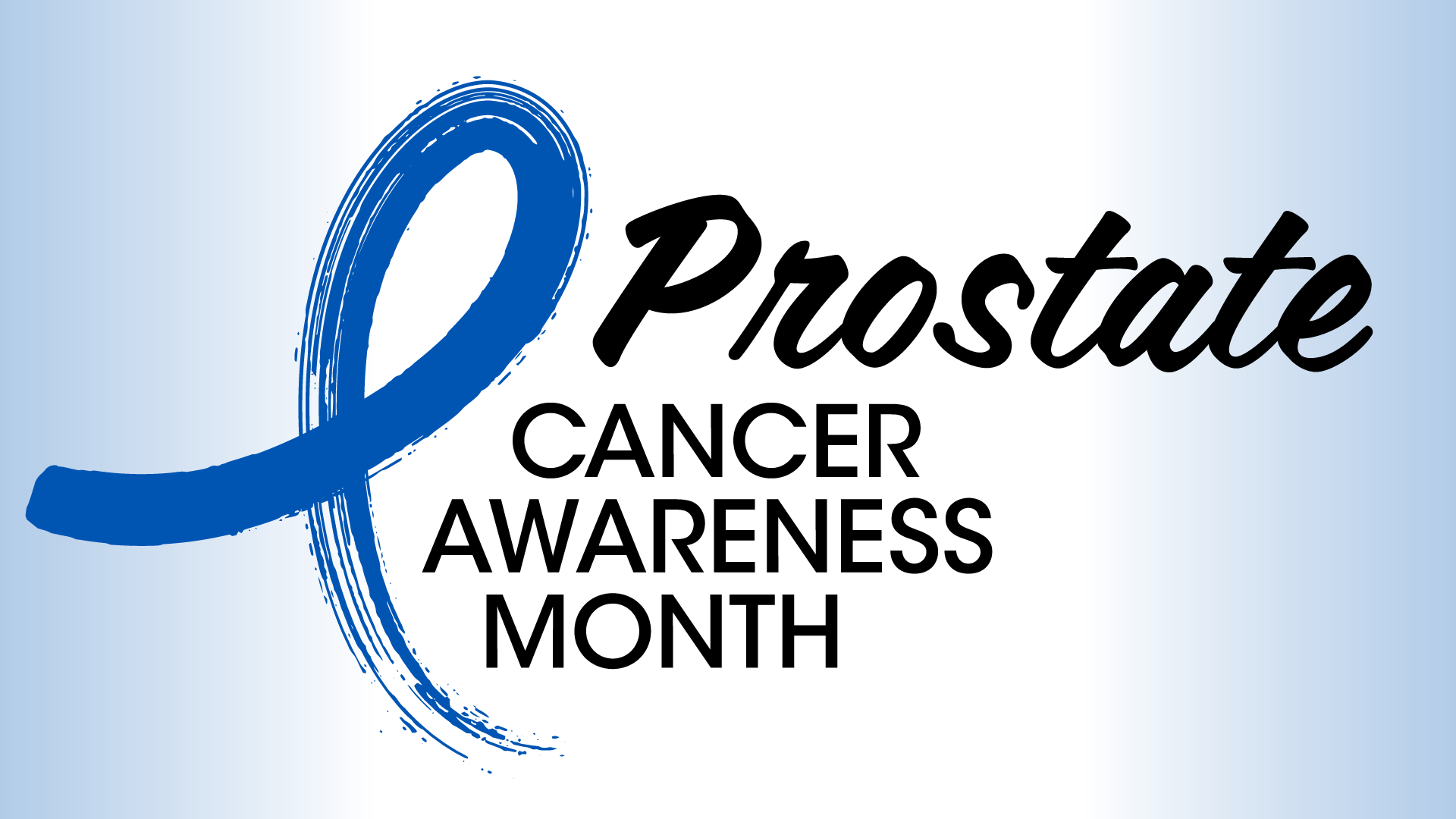
Imaging, Patient Demographics May Inform AI Learning in Prostate Cancer

Artificial intelligence may help detect tumors both within the prostate and that have spread to areas outside of the prostate, according to Wayne G. Brisbane, MD.
Future research efforts in the artificial intelligence (AI) space may focus on improving the quality of data that algorithms work with to improve treatment decision making for patients with prostate cancer, according to Wayne G. Brisbane, MD
In a conversation with CancerNetwork® during
He also raised questions about whether programs such as Unfold AI may be able to predict prostate cancer diagnoses based on imaging and prostate-specific antigen (PSA) levels. Additionally, he described how AI may help monitor whether tumors spread to areas outside the prostate, thereby informing clinicians on certain treatment strategies.
Transcript:
AI is nice in that you can use it anywhere. It can answer many questions, but the limitations are based on the quality of the data that you have for training. I would say that to go forward in the diagnostic space, we are currently trying to create datasets that will help us answer specific questions—for example, can we use imaging and PSA to predict who has prostate cancer?
With Unfold AI, we’re looking at both where the tumor is inside the prostate but also whether the tumor is spreading outside the prostate. That helps us better select who is a good candidate for certain treatments. As the machine learning algorithms continue to improve, we’re also trying now in medicine to think about our data in a way that helps machine learning algorithms improve. A lot of the current clinical trials are capturing images, pathology, and patient demographics in such a way that they will be able to inform machine learning in the next few years.
Newsletter
Stay up to date on recent advances in the multidisciplinary approach to cancer.



















































































